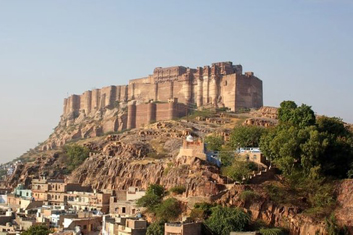
Mehrangarh Fort
The impregnable Mehrangarh Fort, which rises above the city, is one of the largest forts in India. As impressive as it is, as a well preserved heritage structure, there's so much more to discover inside. One of the highlights is the museum, which houses an outstanding collection of fine and applied arts from the Mughal period of Indian history. It even has the only professional museum shop in India.
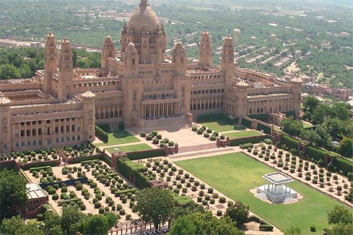
Ummed Bhawan
The Umaid Bhawan Palace at Jodhpur, India's last great Palace, was constructed between 1929 and 1944. Constructed in what can loosely be described as the Indo-Art-Deco style, this magnificent edifice with 347 rooms is the world's largest private residence when it opened its doors as a royal residence in 1944. Named after The Late His Highness Maharaja Umaid Singhji.
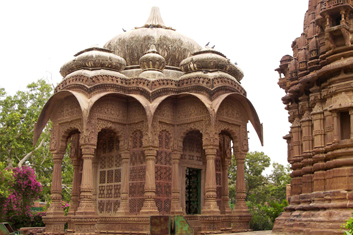
Mandore and Mandore Gardens
Mandore was the capital of the Marwar region before Jodhpur was founded but now it's in a miserable condition. There's an old fort, as well as an eclectic collection of temples and cenotaphs, and a small museum, in the Mandore Gardens. It could be a really attractive tourist spot if it was properly maintained. The monuments are in ruins and garbage is often scattered around.
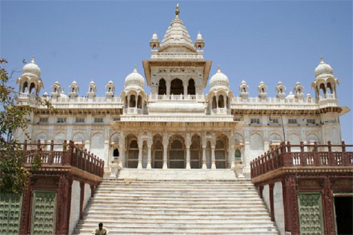
Jaswant Thada
To the left of the Mehrangarh Fort compound is the Jaswant Thada of Jodhpur, Rajasthan. It is a 19th century royal cenotaph built in commemoration of Maharaja Jaswant Singh II, the 33rd Rathore ruler of Jodhpur. The son of Maharaja Jaswant Singh, Maharaja Sardar Singh, in the memory of his father, built the Jaswant Thada. The cenotaph has two more tombs within it. Near to this are the royal crematorium and three other cenotaphs.
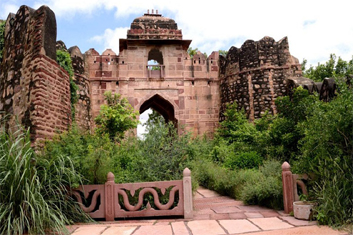
Rao Jodha Desert Rock Park
Rao Jodha Desert Rock Park was created in 2006 to try and restore the natural ecology of a large, rocky wasteland next to Mehrangarh Fort in Jodhpur. It had suffered years of neglect and was overrun by baavlia (Prosopis juliflora), an invasive, thorny shrub introduced from central America almost a century ago. The challenge was to eradicate the baavlia and create a suitable home for native rock-loving plants that we would bring back from the desert.
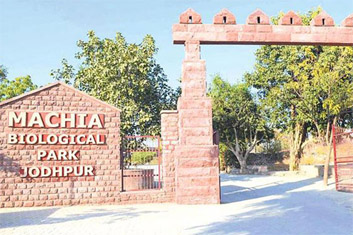
Machia bio park
Machia Biological Park will be opened for public in March which will thus put Jodhpur on the eco-tourism map of the country. Spread over 41 hectare, the Rs 32.30-crore biological park will house lions, tigers, jackals, hyenas, desert cats and desert foxes from different zoos across the country, including Jodhpur zoo.The Machiya safari park is one of the most ideal tourists’ destinations in the city of Jodhpur.
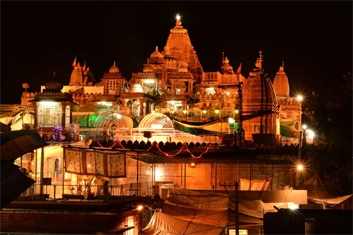
Osian Temple And Desert
Osian is famous as home to the cluster of ruined Hindu and Jain temples dating from the 8th to 12th centuries. The city was a major religious centre of the kingdom of Marwar during the Gurjara Pratihara dynasty. Of the 18 shrines in the group, the Surya Temple, Sun Temple, Sachiya Mata Temple and the Jain temple dedicated to Mahavira stands out in their grace and architecture.
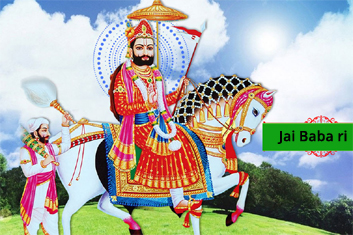
Ram Devra
Ramdevra is a village situated about 12 km to the north of Pokhran in Jaisalmer district of Rajasthan in India.The village is named after Baba Ramdevji, a Tanwar Rajput and a saint who took Samādhi in 1384 CE, at the age of 33 years. Ramdevji Maharaj took samadhi (conscious exit from the mortal body) in 1459 AD. Maharaja Ganga Singh of Jodhpur Bikaner constructed a temple around the samadhi in 1931 AD.
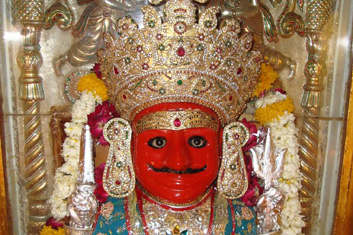
Nakoda
Nakoda ji is one of the famous Jain temple of India. This sacred tirtha is at a distance of 13 km from Balotara Railway station and 1 km from Mewad city. It is situated in the forest in the hills. In this tirtha with a charming natural atmosphere all-around, we have an idol of Mulnayaka Shri Parshvanath Bhagavan. It is black in complexion, 58 cm in height and in Padmasana posture.



